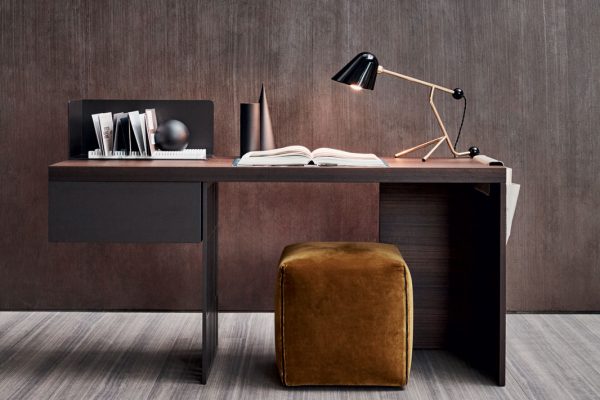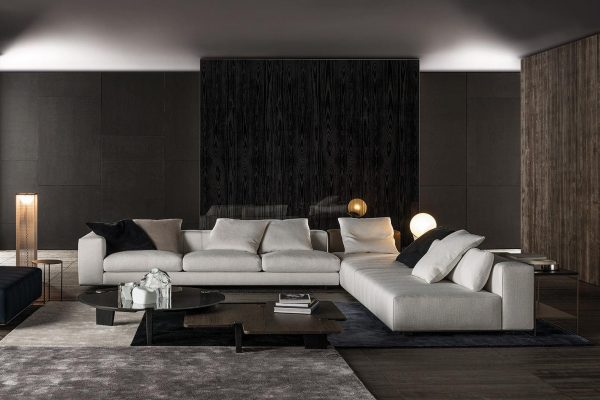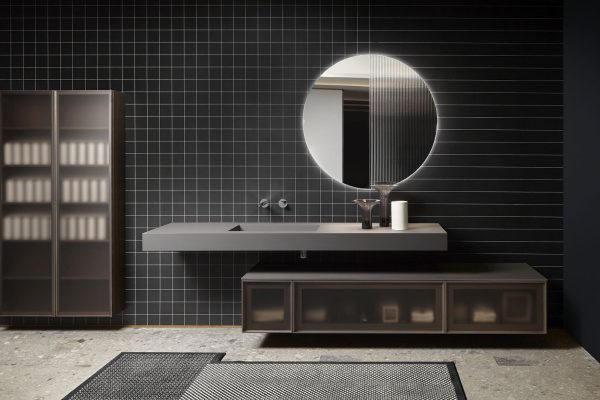Artek Design and the unmistakable Nordic Style: a touch of Scandinavia in the home, linear, clean and welcoming
Linear, restrained, clean, refined, yet warm and welcoming. These are the characteristics of the Nordic style, also known as Scandinavian, which, as its name also suggests, originated in northern European countries as a need for harmony between man and nature to counteract the standardization and exaggerated desire for innovation and modernity that flooded 20th-century Europe.
A design capable of placing itself at the service of a community, belonging to an area with an adverse climate and little light, creating ‘warm’, bright and welcoming home spaces, with the predominance of white, despite the absence of frills, purity and order being the emblem.
The philosophy that form must follow function is the basis of all Scandinavian design interpreted by many famous names including Arne Jacobsen who, to this day, is considered the renaissance man of Danish and Scandinavian design and architecture. The Nordic style is thus a way of life, which has specific characteristics, such as clean lines, the use of textures of quality materials, neutral and earthy palettes, and simple, functional design.
The idea is to create a functional space that is lived in, cozy, and warm, a result achieved by leaving materials in their most natural state, such as for wood grain, exposed metal or rough stone finishes, or even using fabrics such as wool, linen, and leather.
Open and spacious spaces, functional design, and lots of wood-these are the basic elements of the Scandinavian design style that draws great inspiration from nature, not only in terms of the materials used, which are increasingly green today, but also in terms of the forms of furniture. There are companies such as Finland’s Artek that symbolize this style, perfectly embodying its timeless philosophy and spirit, always serving human comfort.
Artek, art and technology for a new culture of living
Artek was founded in Helsinki in 1935 by four young idealists-Alvar and Aino Aalto, Maire Gullichsen, and Nils-Gustav Hahl. The name is a synthesis of “art” and “technology,” concepts central to the international modernist movement that came to prominence in the 1920s.
It was Walter Gropius, a leading proponent of modernism, who coined the motto “art and technology: a new unity.” Technology was understood to include science and industrial production methods, while the conception of art expanded beyond fine arts to include architecture and design. Modernism aimed to achieve a fruitful union of these two spheres.
This same aspiration guided Artek’s founders: their goal was “to sell furniture and promote a modern culture of living through exhibitions and other educational means.” Even today their philosophy does not change: the company continues to develop products that are a mix of design, architecture and art.
It goes to Artek and the work of Alvar Aalto to have popularized the system of standardized individual components that can be assembled to form a complete collection of furniture, as well as to have collaborated in the late 1920s with furniture manufacturer Otto Korhonen to experiment with a number of innovative woodworking techniques, which led to the development of the L-shaped leg, an L-shaped leg composed of curved solid wood that allowed the creation of more than 50 different products. Further experiments with pressed plywood and laminated birch slats produced results that made possible some of the brand’s most iconic designs.
Elegance and timeless style for the “400” armchair
The “400” cantilevered armchair was designed in 1936 but does not show its years at all. It is a comfortable seat with armrests padded with zig-zag springs, PU foam and Dacron for maximum comfort, and natural lacquered birch wood frame. Upholstery, on the other hand, is either leather or fabric, depending on style requirements.
Stool 60, the most famous L-leg product in the history of design
It is Artek’s best-known L-legged product, Stool 60, the 3-legged stool born in 1933. Millions have been sold since its launch. In December 2020, Stool 60 received the German Sustainability Award for design sustainability in the Icons category.
“It is not only the long life expectancy that makes the stool sustainable,” the jury explained in granting the award. “Both the Classic and E60 are produced in Finland from regional wood in a responsible way. In addition, the manufacturer itself offers second-hand products through its ‘Artek 2nd Cycle’ platform and encourages conscious consumption with slogans such as ‘Buy now keep forever'”.
Domus, the legendary chair designed by Ilmari Tapiovaara
Domus is a masterpiece of design, the work of Ilmari Tapiovaara, who created it in 1946 along with a series of furniture for the Helsinki housing complex dedicated to the Domus Academy. Made of wood, this seat is comfortable enough to sit on for long periods of time and has short armrests that allow you to move closer to the table. Known internationally as “The Finn Chair,” it has achieved worldwide success.



